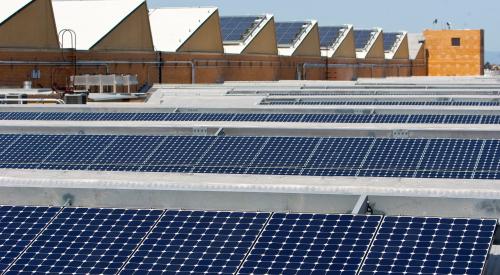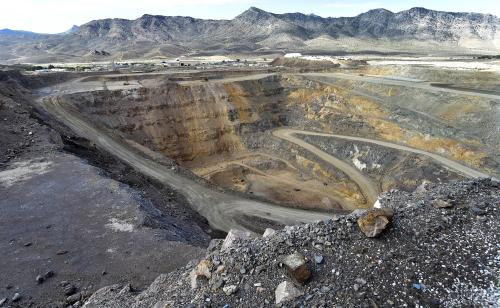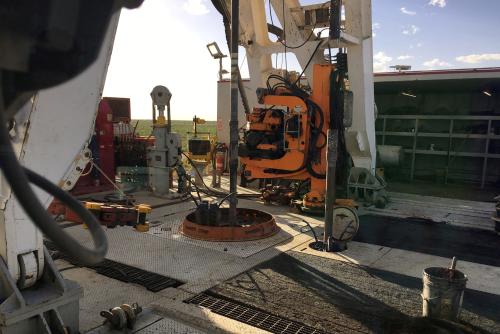Here in Washington and in other cities around the world, Earth Day festivities this year will include the March for Science. This has me thinking about the role of research and innovation in the world’s transition toward lower-carbon energy.
The United States has always been a leader in developing innovative technologies and bringing them to market. There’s a natural role for U.S. leadership in innovation and new technology in President Trump’s “America First” worldview. That’s why I was particularly disappointed when his “skinny budget” released on March 16 outlined severe cuts for basic scientific research.
The president’s budget would have severe impacts on basic research in the United States. The Department of Energy’s (DOE) Office of Science would take a cut of $900 million, or 20 percent. The Office of Science provides 45 percent of federal support for basic research in physical and energy-related sciences and funds 10 of the nation’s 17 national labs. Research supported by the Office of Science has led to more than 100 Nobel Prizes in the last 60 years. Other national labs funded through different DOE offices would also be under the knife, such as the National Renewable Energy Lab, funded through DOE’s Office of Energy Efficiency and Renewable Energy.
The president’s budget also eliminates the Advanced Research Projects Agency-Energy (ARPA-E), an agency modeled after the Defense Advanced Research Projects Agency that brought us the internet. ARPA-E focuses on technologies that create entirely new ways to generate, store, and use energy that are too early in development for private sector investment.
Basic scientific research is the lifeblood of innovation in the energy industry and many others. Private companies generally don’t undertake such research because it is too risky and the benefits from discoveries are too diffuse for a single company to recoup. However, once the commercial benefit of a technology becomes clearer, robust U.S. capital markets stand ready to bring products to market.
[O]n Earth Day this year, let’s raise a glass to science.
The costs of renewable energy, particularly wind and solar, have dropped dramatically over the past few years. But a meeting of power industry executives at Brookings this week reminded me how far we still have to go for intermittent renewable energy to meet a larger portion of our electricity needs, despite decreasing costs for windmills and solar panels. Cost-efficient energy storage and smart inverters will be crucial to very low-carbon power systems, to respond to rapid changes in demand or supply while reducing or even eliminating the need for fossil fuel-fired spinning reserves. Further research and innovative technology will make the low-carbon transition possible.
In comments at Brookings on April 19, Sir Nicholas Stern pointed out the importance of innovation in the president’s planned infrastructure investments, noting that we surely want “smart, clean, modern, and robust” infrastructure, rather than infrastructure that’s “dumb, dirty, old-fashioned, and fragile”. In this light, 21st century infrastructure that supports the clean energy transition should be a bipartisan issue.
So on Earth Day this year, let’s raise a glass to science. The United States has a vibrant university system, national labs that are the envy of the world, and deep and liquid capital markets to support turning ideas into game-changing products. Congress holds the power of the purse and the president’s initial budget is only a suggestion. I certainly hope to see a federal budget that continues the U.S. role in research and innovation leadership.
The Brookings Institution is committed to quality, independence, and impact.
We are supported by a diverse array of funders. In line with our values and policies, each Brookings publication represents the sole views of its author(s).








Commentary
Putting energy into Earth Day
April 21, 2017